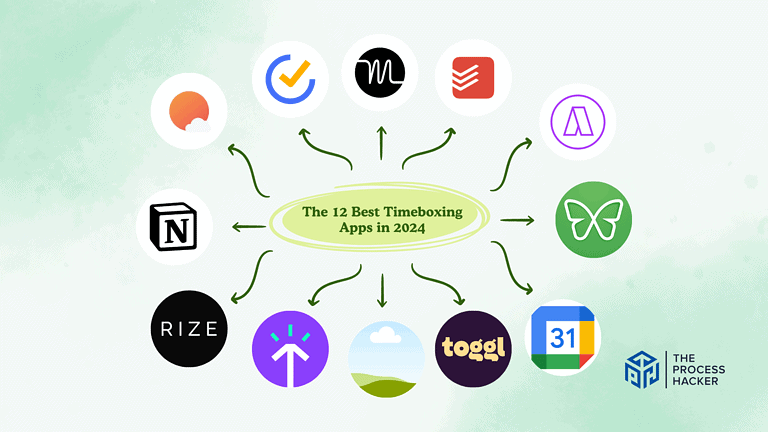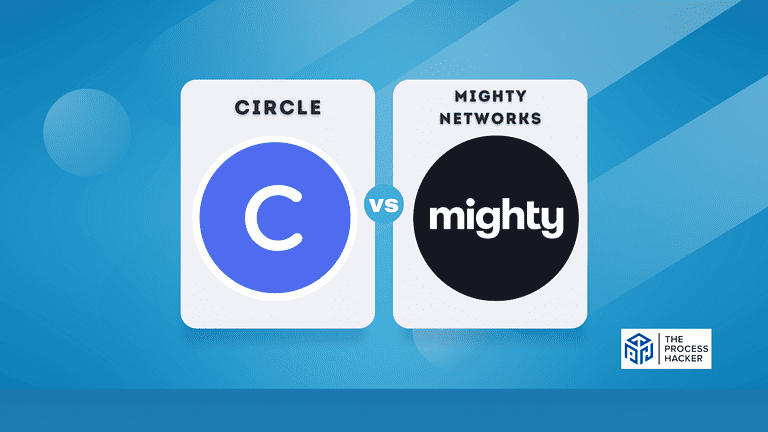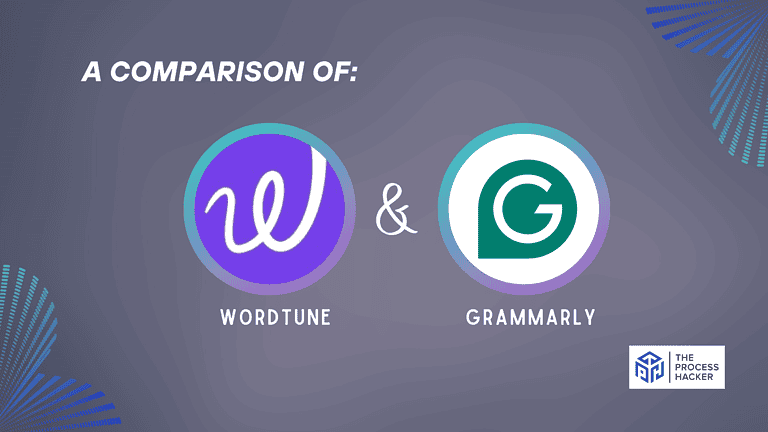Performance Reviews Reimagined: AI’s Role in Fair Evaluation
Performance reviews are necessary, but have several problems, which is why employees hate them.
The traditional challenges of performance reviews stem from the fact humans conduct them. And humans are biased, can make employees stressed with the pressures of the outcome and opinion-based assessments can make the reviews feel unfair.
One way to use technology to bridge the gap is to use AI. It can make the process a little fairer, use data to drive decisions on how employees are progressing and it can continuously assess performance using automation, without employees ever having to leave their office chair.
This article will explore what’s broken in performance reviews, how AI can enhance fairness and accuracy, real-world AI tools, AI in performance reviews, and ethical concerns.
What’s Broken in Traditional Performance Reviews?
There are several issues which make performance reviews universally hated and employees hesitate to engage when they hear they have one coming up.
The main issues of traditional performance reviews are:
- Bias: Performance reviews that human staff carry out are always based on opinions of whether they like someone or not, which is composed of many factors that prevent the assessor from being fair and balanced.
- Recency effect: This effect is a bias toward the last few ideas that were expressed. So an assessor might only remember the last few things an employee said, giving an unbalanced view and missing many things out, causing frustration.
- Vague/ no feedback: Employees will feel negatively about performance reviews if they don’t receive information on their answers and the value and impact of the assessor’s final thoughts and resulting outcomes. A lack of feedback is as frustrating as vague feedback.
- Lack of consistency: It can be so frustrating and demotivating for staff when different individuals get different levels of treatment based on the mood of the assessor or other factors. This drawback is one of the biggest cases for changing the traditional performance review model.
These may seem like small, or unavoidable points but they significantly impact employee wellbeing and role motivation. They can also affect morale and the decisions for advancement opportunities so they need to feel fair and consistent for those being reviewed.
The crucial takeaway? Traditional performance reviews run on a broken system. AI is the answer.
How AI Enhances Fairness and Accuracy
AI is a sophisticated and diverse tool that can play many roles in supporting a fairer, faster, and effective performance review model.
Firstly, AI aggregates data over a certain time period, based on projects, goals, and collaboration tools. These data sets give a much more accurate and comprehensive picture of performance than someone asking someone how they’ve performed over a certain period.
There are also more strings to AI’s bow. Sentiment analysis allows employees to share their views and use this as part of their performance review so they are part of the process. Behaviour tracking also gives more objective data on performance to make the process fairer.
The final method is peer aggregation, which collects data from peers to form a complete picture of how the individual’s performance is perceived by team members.
One extra use of AI is that it can use natural language processing (NLP) to detect bias in written reviews to ensure fairness.
AI and Ethical Employee Tracking
Like any application of AI, using it for performance reviews has ethical considerations you need to note in order to use it in a way that is fair and tracks your employees performance respectfully.
AI collected large amounts of employee performance-related data from productivity tools, tools for tracking employees time, and communication patterns. It’s essential to explain to staff why you need this data and ask for consent before you begin collecting it.
Using AI to collect data for performance management can also invade employee privacy and feel like micromanagement. Set boundaries like only having the tools working at set times.
You can also use employee surveys to ensure staff don’t feel this is the case and take steps to minimise it by increasing transparency by explaining every type of data that is collected, which tools collect it and why it’s necessary.
The best practices you should follow to ensure you track data using AI ethically, are to only track relevant, job-based metrics and communicate openly with staff.
Conclusion
AI is a powerful tool for making performance reviews fairer, more consistent, and data-driven. However, it does have limitations, and you need to be aware of ethical considerations to use it fairly and respectfully.
It’s also worth mentioning that AI should never replace humans. You can use AI to collect data on performance, and then performance management experts can analyse it and ensure it is accurate for each individual.
When you use AI correctly and leaders use it responsibly in a transparent way, it can save time, money and make employees feel the performance management process is fairer as part of more equitable evaluations.







